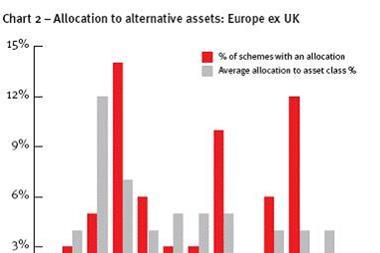Peer-to-peer lending gets a boost
Far away from the streams of bad news from the financial services sector, discussion over the future of banking has begun. One strand in the debate, still well beneath the radar of most people, is whether peer-to-peer lending (P2P) can ever compete with the traditional banking model. Precisely this question was discussed at a debate held in London in January under the auspices of WeBank, which brought together Giles Andrews, CEO of the UK P2P platform Zopa, and James Gardner, head of innovation and research, Lloyds TSB.
Internet-based P2P lending is new; the oldest sites are barely four years from start up. Yet the concept is both simple and attractive. Individual borrowers
and lenders can be matched without the need for intermediaries, using a variety of different platforms and models. Overheads are low, so lenders can achieve a better return than is available on the High Street, and they can also choose how they wish to lend and to whom. The downside is that the lender retains the risk of default, and must usually lock up funds for relatively long periods.
Current regulation effectively confines P2P lending to a simple model involving small sums. But already the largest US P2P site, Lending Club, has been cleared by the SEC to allow loans to be traded.
The European Parliament has called for the Commission to draw up an EU-wide legislative framework.
P2P may not yet have crossed risk managers’ horizons. But already, there are opportunities to be grasped. One of the most successful sites is Kiva, a not-for-profit P2P platform which enables individuals to provide loans to entrepreneurs in developing countries. There is nothing to stop a business joining such a scheme as part of its CSR initiative, perhaps also using it to help drive cultural identity, or to help push the key concept behind Web 2.0 – that users add value to an application as they use it – into the darker corners of corporate hierarchies.
In this context, it is interesting to note Bank of America throwing the weight of its brand behind its ‘Future Banking blog’, which avoids passing on a corporate message in favour of collaborative discussion with anyone who cares to contribute.




















No comments yet